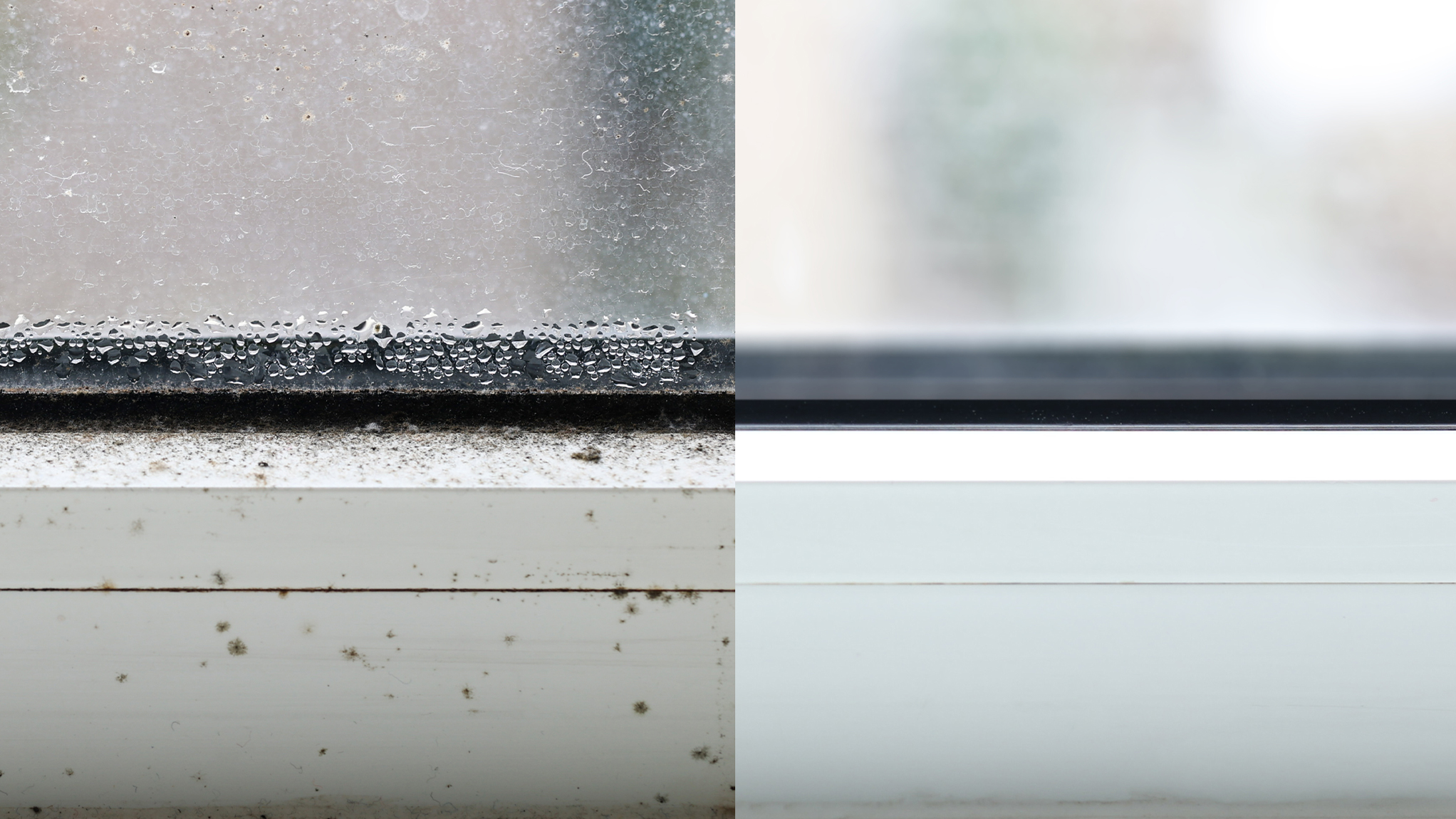In Britain, we are very used to the energy standard scheme for white goods whereby things like washing machines and tumble dryers are energy rated A to E, with A being the cheapest to run. It would seem that the scheme has been a success and is here to stay and I am sure that it has forced manufacturers to make their white goods more energy efficient and it has given consumers a point of reference when they are making comparisons between different models.
It was therefore with great interest that I researched the Hong Kong consumer scheme for dehumidifiers when I was over there. I have been mulling over in my mind this issue of a standard for dehumidifiers to try and help customers back a choice between dehumidifier A and dehumidifier B. The scheme in Hong Kong is currently voluntary and comes into force in the New Year. Once again it is based on a sliding scale of A to E and it is based on energy used to collect a set amount of water at a set temperature and relative humidity. So far so good. But does it tell you which dehumidifier is best or which dehumidifiers use the least amount of energy, no.
If you look at a dishwasher or a tumble dryer then I would have thought that it is easy to measure the amount of energy used to deal with a load of a set size and then that can be used to measure one machine against another. Measuring how much energy a dehumidifier uses to take say 5 litres of water out of the air at a consistent temperature and relative humidity only tells part of the story and could mislead the consumer.
Why?
The way a dehumidifier works is very different to white goods. A dishwasher cleans the plates and then turns off, there is an argument over the energy consumed in stand by but it will be nothing significant against how a dehumidifier works.
A dehumidifier should work against a humidistat, dehumidifying the air when required. When it dehumidifies it consumes energy and at this point you want it to be as energy efficient as possible. But what about what it does when the target relative humidity has been reached. Some dehumidifiers will turn off completely and therefore consume no energy at all, some will keep the fan running and sample the air so that they know when to start dehumidifying again, others like the Meaco 10L dehumidifier, the Meaco DD8L and the Meaco DD8L Junior dehumidifiers will sample the air every 30 minutes and then either go back to sleep or start dehumidifying as required.
So which is best?
The dehumidifier that turns itself off completely will use the least amount of energy but does that make it the best? In terms of energy consumption yes, but in terms of doing the job that it was bought to do, keep the home free of damp, no.
The danger is that the dehumidifier will not notice that the relative humidity has increased because of someone showering or damp washing being hung out and will not turn itself on. The excess moisture could then be absorbed by hygroscopic materials in the home like sofas, beds, clothes, timbers, papers etc and the damage will be done, mould be grow and the dehumidifier will stay turned off. Energy consumption fantastic, dehumidification useless!
So that leaves the dehumidifier that keeps the fan running continuously or the dehumidifier that sleeps and then wakes up. Keeping the fan running to sample the air continuously is a Japanese idea to ensure that you have accurate dehumidification and the dehumidifier always knows exactly when to turn itself back on. Excellent idea in theory but our current thinking is that running a fan continuously whilst consuming 20 to 30 watts is not necessary as it pushes up electricity bills and will surely shorten the lifespan of the dehumidifier. This is why this winter we have changed our dehumidifiers so that they go to sleep and sample the air once every 30 minutes and then react accordingly (for example the new Meaco DD8L Junior). To my mind this is the perfect balance between accurate dehumidification and energy efficiency.
Is any of this reflected in the Hong Kong standard – no. So does the standard help customers make the right decision when selecting the dehumidifier? In Hong Kong more so than in the UK because the dehumidifiers there are being used at much higher temperatures and relative humidities and are mainly being used for drying washing over night in the one room and are not being used to prevent condensation and mould build up across the whole home. So in that market it is of some use but it does fall a long way short of being acceptable and is probably misleading the very people that it is trying to educate.
But I know that dehumidifier manufacturers are trying to make the dehumidifiers as energy efficient as possible in order to get the A standard and that in itself can only be a good thing. The rest I will keep working on and as I try and formulate my ideas for a more comprehensive dehumidifier standard I will test the ideas out here first.
Products featured: Meaco 10L dehumidifier, Meaco DD8L , Meaco DD8L Junior






